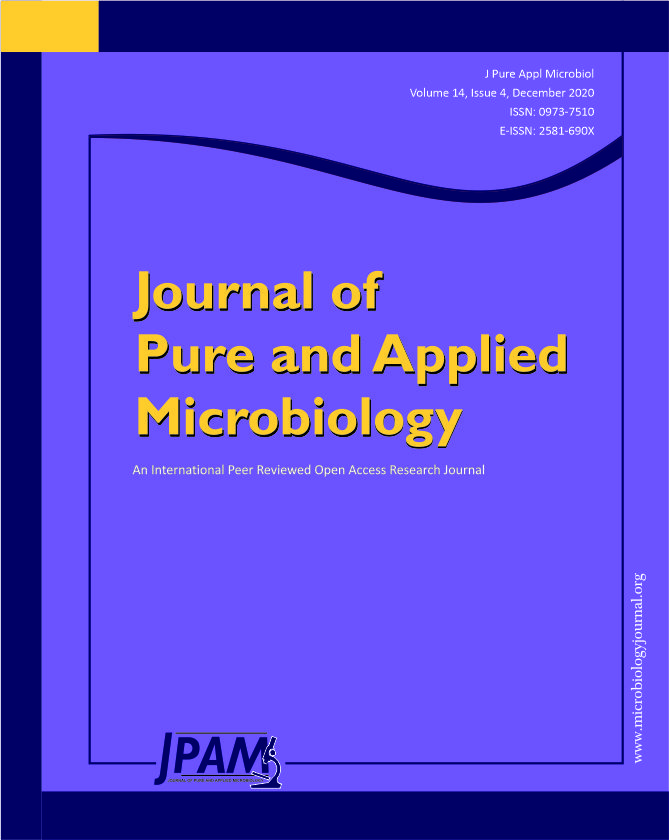Information on the severe acute respiratory syndrome-coronavirus-2 (SARS-CoV-2) has amplified quickly since its spread; however, many issues remain unclear. SARS-CoV-2 is mainly transmitted through respiratory secretions. However, the potential for SARS-CoV-2 sexual transmission by semen is worthy of study. The cell-receptors of SARS-CoV-2, the angiotensin-converting enzyme-2 receptors, are highly expressed in human testis and may enable this virus to cause testicular tissue damage with bad effect on male fertility. SARS-CoV-2 presentation ranges from asymptomatic carriage to acute respiratory distress and fatal pneumonia, and elderly persons with underlying comorbidities usually suffer from a severe clinical picture. Asymptomatic individuals can spread the virus through their respiratory secretions and possibly through sexual transmission. SARS-CoV-2 can persist viable if cryopreserved in semen samples in sperm cryobankes. As far as I know, there is a gap in knowledge about SARS-CoV-2 transmission through semen, indicating the need for further research. This review attempts to understand the SARS-CoV-2 sexual transmission by semen. One recent study confirmed the theoretical risk of SARS-CoV-2 transmission by semen, but few studies negate this theory. Given that, an increasing number of asymptomatic and reactivated SARS-CoV-2 cases are being reported, attention to semen safety and SARS-CoV-2 transmission should be considered particularly in high-risk areas, to ensure the safety of male gametes for artificial reproduction and the general public. Avoiding cryopreservation of male gametes, condom use or even abstinence might be of paramount importance for these persons.
Artificial reproduction, Infection prevention, Pandemic, SARS-CoV-2, Virus
© The Author(s) 2020. Open Access. This article is distributed under the terms of the Creative Commons Attribution 4.0 International License which permits unrestricted use, sharing, distribution, and reproduction in any medium, provided you give appropriate credit to the original author(s) and the source, provide a link to the Creative Commons license, and indicate if changes were made.


